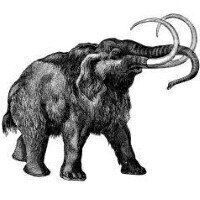-
 Ancient bones identified with mass spectrometry.
Ancient bones identified with mass spectrometry.
GC, MDGC
Mass spectrometry helps identify ancient bones
Apr 04 2011
Scientists from the University of York carried out collagen sequencing at the Centre of Excellence in Mass Spectrometry at the establishment.
Their specimen was discovered in the cliffs of Norfolk in 1990 and is known as the West Runton Elephant - and was a steppe mammoth.
Uncovered by Harold and Margaret Hems, the first bone of the skeleton was brought to the attention of the Norfolk Museums Service, after which excavation began, according to UK Fossils Network.
The skeleton is unusual in that it is 85 per cent complete - something that has allowed the researchers to form a near-complete collagen sequence.
Stating that proteins could last up to ten times as long as DNA in skeletons, the scientists highlight that the latter remains present for just 100,000 years.
"In the future, collagen sequencing might help us to determine the species represented by even the smallest scraps of bone," comments co-author of the study and research associate with Norfolk Museums and Archaeology Service Nigel Larkin.
Digital Edition
Chromatography Today - Buyers' Guide 2022
October 2023
In This Edition Modern & Practical Applications - Accelerating ADC Development with Mass Spectrometry - Implementing High-Resolution Ion Mobility into Peptide Mapping Workflows Chromatogr...
View all digital editions
Events
May 05 2024 Seville, Spain
May 15 2024 Birmingham, UK
May 19 2024 Brno, Czech Republic
May 21 2024 Lagos, Nigeria
May 23 2024 Beijing, China













